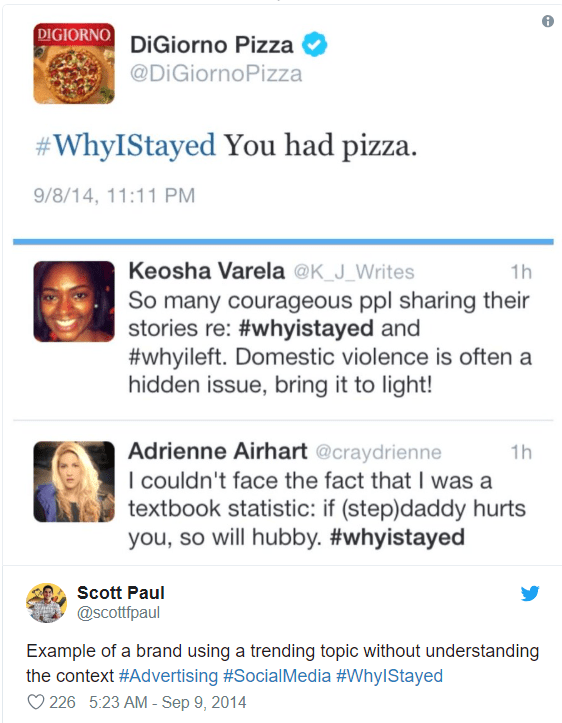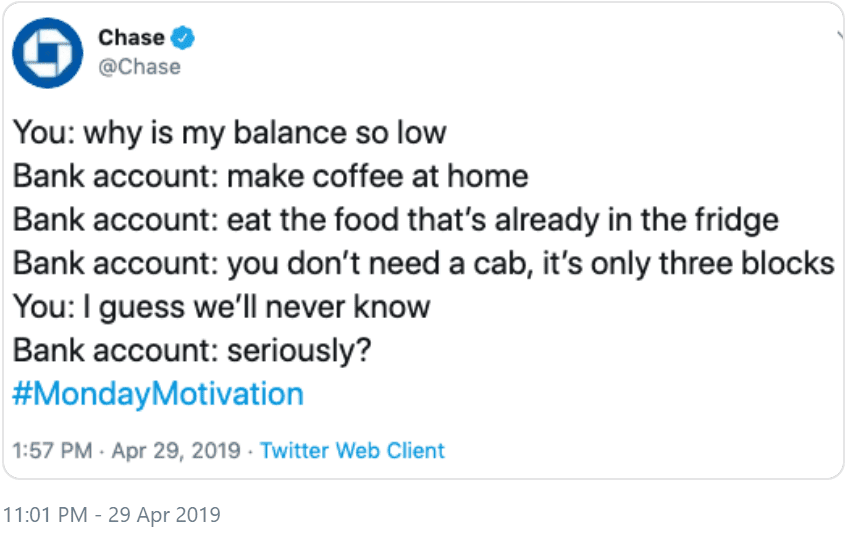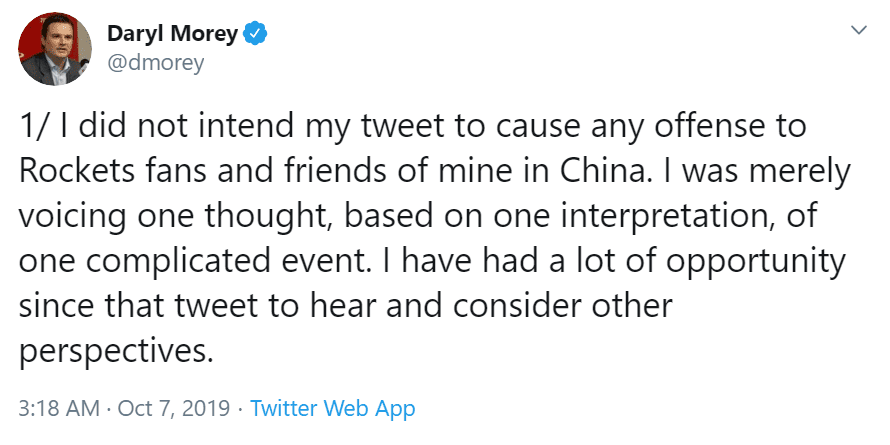Billions of people using social media. Endless opportunities for your nonprofit to attract new audiences to learn about your cause.
However, that task can seem daunting when you’re limited with time, finances and peoplepower. As it is, you’re not gonna reach everyone, nor should that be your goal. You want to begin conversations with people who show an interest in areas related to your cause.
One of the best ways to do that is social listening.
Wait, What Is That?
Hootsuite defines social listening as follows:
“Social listening is when you track your social media platforms for mentions and conversations related to your brand. Then you analyze them for insights to discover opportunities to act.”
In basic terms, you’re looking to see who’s mentioning you on social media. Those posts and conversations are leads and a great opportunity for your organization to connect with a new user.
But that’s just the low hanging fruit of social listening. There’s a lot more listening you could be doing to engage people on social media, interest them in your cause, drive traffic to your website and convert followers and users into donors, volunteers, event attendees and more.
You should be monitoring posts, tweets, conversations, mentions, hashtags, words and phrases related to your mission. Every chance to engage someone is a chance to build a relationship with them.
Social Listening
Here are 4 ways social listening can be a huge benefit to your organization.
Hashtags: Twitter keeps a running list of trending hashtags. It’s worth it to check those out a few times a day. Sometimes a hashtag will be trending that is connected to your mission, work, impact in the community. Now you have an opportunity to join the conversation and new people will learn about your organization.
However and I can’t stress this enough, first review and understand WHY that hashtag is trending. Don’t enter the conversation if the hashtag has nothing to do with your or your mission.
One of the worst examples of completely messing up social listening: The hashtag #WhyIStayed was the number one trend on Twitter. Women- many for the first time publicly- were sharing stories of why they stayed with their domestic abuser and didn’t leave. The stories were heart-wrenching.
The person in charge of the DiGiorno Pizza account saw #WhyIStayed trending. But instead of checking out why it was trending (and staying really far away from the conversation), they tweeted this:

Needless to say Twitter took out their collective anger on the brand. And rightfully so.
On the other hand, here’s an example of how to do social listening the correct way… and even use it to eventually raise much needed funds.
So yes, look for trending hashtags. Check out hashtags on Twitter and Instagram and see if there’s a chance for you to enter the conversation. Just make sure the hashtag is relevant to you.
Customer service: If people experience a problem with a brand, they don’t call customer service. They’re going to post on social media and tag the handle of the brand. They expect an almost instantaneous response.
The fact is people are out there tagging your organization on various social media platforms. They want to learn more. Maybe they donated to a friendraising campaign and want to get their network involved. They saw something online and have a question for your team. Or maybe they want to donate and need a link for the donation page.
If you’re social listening, you’ll notice when someone tags your organization on social. That could be a ping on your phone or maybe you use a social monitoring tool to help you manage your mentions.
No matter how you do it, your goal should be to answer people as quickly as possible. That’s how you create a connection! People want to know there’s a face behind the logo. Say hi and engage!
Crisis: People are talking about you on social media…and not in a good way. You may find yourself in the middle of a storm. But social listening means you’ll know about it right away and can get a rapid response out there.
You’ll suddenly see an uptick in mentions. There will be many posts from people who aren’t following you but are suddenly tagging your organization on social media. You’ll read the posts and understand right away what’s going down.
Quick response is a BIG deal. You don’t want bad news spreading for hours or days. Your goal is to deal with it quickly, publicly and in a way that quiets the current conversation.
Social listening can assist with crisis comms.

Photo by Brett Jordan on Unsplash
Demonstrate field expertise: People are posting on social with questions and looking for answers. If you’re listening in, you have a golden opportunity to demonstrate your experience, knowledge and expertise in the field you work in.
By providing the answers, you’re opening yourself up to a new audience of people. They see your response and wonder, “Hey, who is this organization?” Now you’ve got them checking you out a bit and learning more. Simple way to connect with people.
And all you were doing was listening for keywords and phrases tied to your mission.
Keywords And Phrases
Your organization should have a list of keywords, terms and phrases which relate to your cause and which you’re monitoring on social media for mentions. When someone uses those terms, you can review the post and see if it’s connected to you. If yes, enter the conversation politely.
I suggest using tools (e.g. Hootsuite, Tweetdeck, BuzzSumo etc.) to help you listen to the conversations happening on social media. These tools can monitor what’s important to you and thus help you find good opportunities to connect and engage.
It’s called social media because it’s meant to be social. The goal is conversations. Use social listening to help your organization find more opportunities for more conversations.
Giving Tuesday and year-end fundraising are coming up fast. Your organization will be prompting people to donate online. But is your online donation form user friendly? Does it help or hurt your fundraising? Sign up today for my Online Donation Form Boost so you can raise more money from more people.




